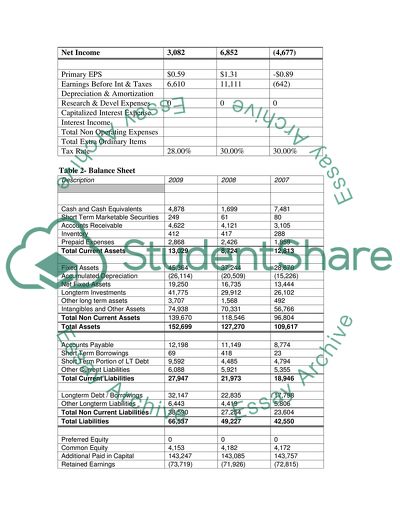Cite this document
(Analysis of Financial Performance and Dividend Policy of Vodafone Assignment, n.d.)
Analysis of Financial Performance and Dividend Policy of Vodafone Assignment. Retrieved from https://studentshare.org/finance-accounting/1734782-vodafone
Analysis of Financial Performance and Dividend Policy of Vodafone Assignment. Retrieved from https://studentshare.org/finance-accounting/1734782-vodafone
(Analysis of Financial Performance and Dividend Policy of Vodafone Assignment)
Analysis of Financial Performance and Dividend Policy of Vodafone Assignment. https://studentshare.org/finance-accounting/1734782-vodafone.
Analysis of Financial Performance and Dividend Policy of Vodafone Assignment. https://studentshare.org/finance-accounting/1734782-vodafone.
“Analysis of Financial Performance and Dividend Policy of Vodafone Assignment”, n.d. https://studentshare.org/finance-accounting/1734782-vodafone.


